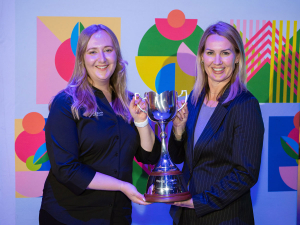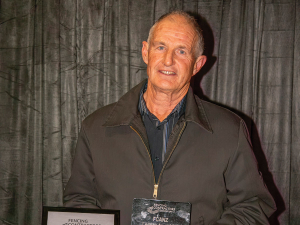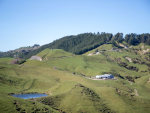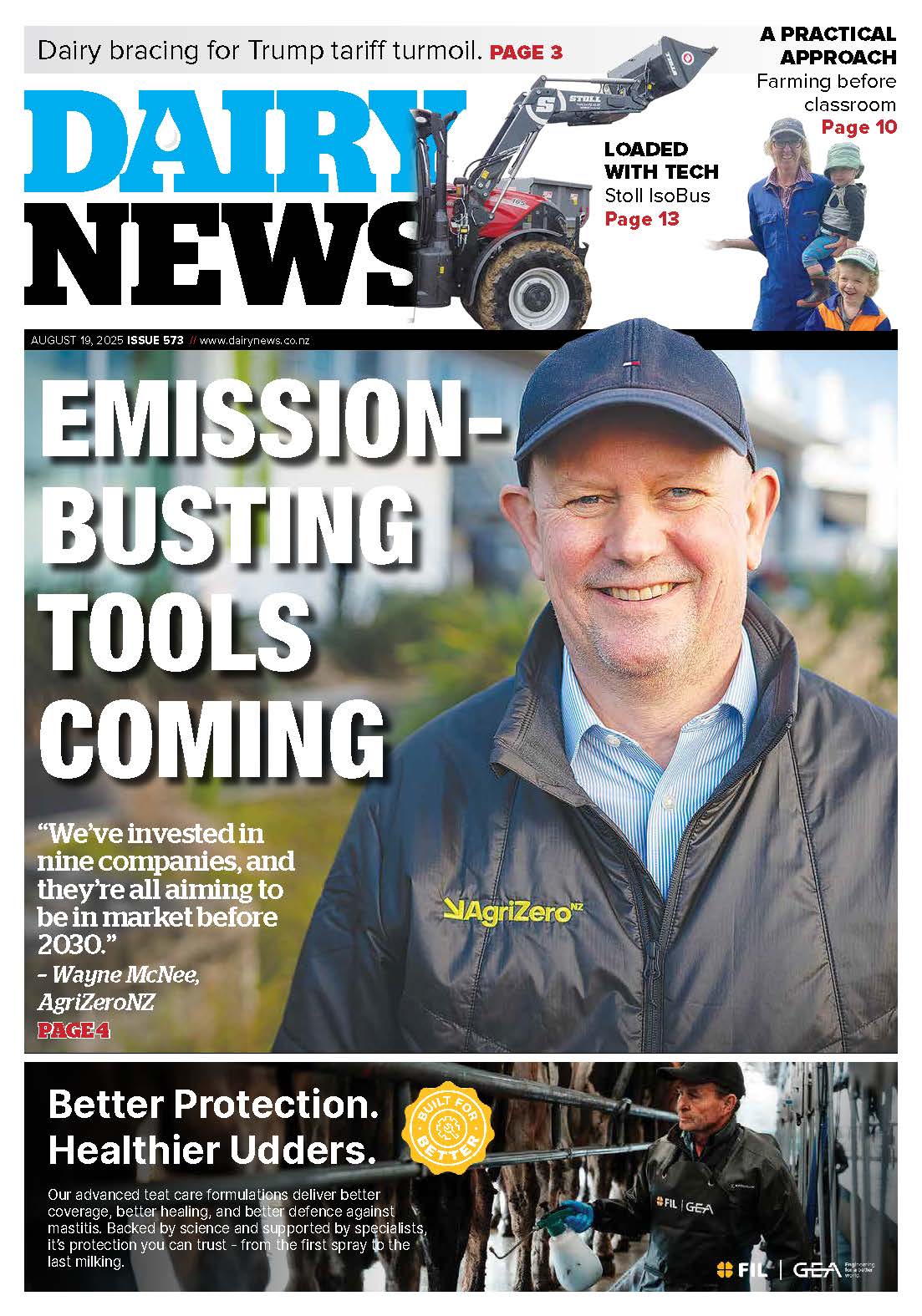This uncertainty stems from the board’s decision to impose higher limits on nitrogen leaching and allow more groundwater to be taken, and from TrustPower declining to be a funder, depriving the project of its considerable expertise.
The Hawkes Bay Regional Council has backed the scheme in every way possible and even with the decision not appearing to go their way they are remain moderately upbeat, keeping their fingers crossed that somehow the project will go ahead.
The Government itself has trumpeted the scheme which, if it were to go ahead, would be the biggest irrigation dam in the country holding some 90 million tonnes of water and irrigating an estimated 42,000ha. Ngai Tahu are involved but even they seem to be getting nervous as the proposal nears decision time.
The reality is that the bar has got much higher given the board of inquiry’s ruling on nitrate levels, making dairy conversions close to impossible. This leaves options for arable, horticulture, viticulture and intensive sheep and beef farming on irrigated land. It has been argued that the project would not have been financially sustainable for dairying anyway and that its viability was being oversold.
Much has been made of the economic benefits likely to flow from Ruataniwha and farmers have supported the venture. But it’s one thing to offer support and another to make a significant financial commitment to such a proposal – and this is where the project runs the risk of going off the rails.
While central government would obviously like to have Ruataniwha go ahead, for political and economic reasons, they will probably have no say in the final outcome.
In the end, it will come down to whether the proposal is financially attractive to farmers and investors and whether they are prepared to take a punt with their hard-earned cash.
The odds of this happening just seem to have got longer.
















